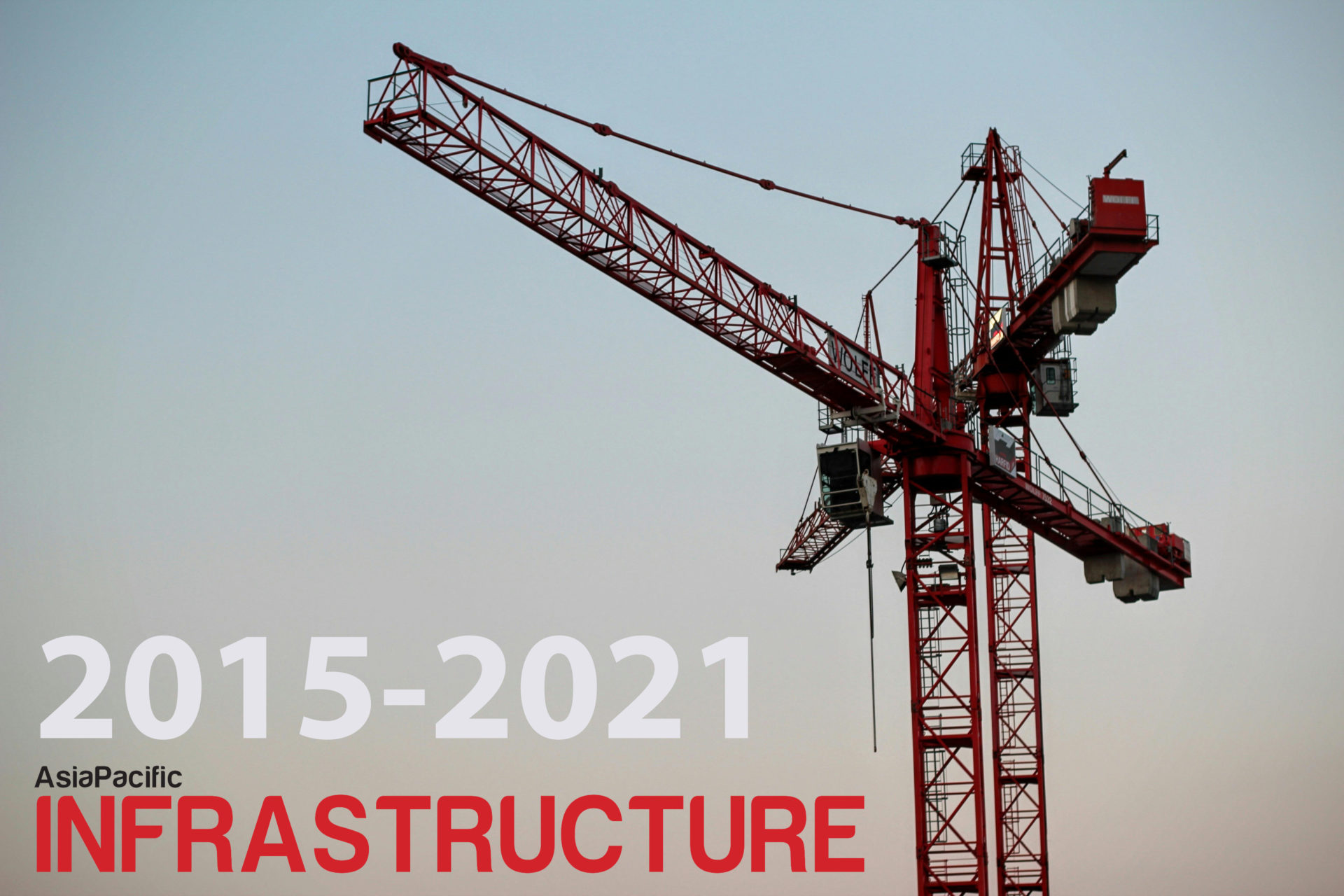The release of a prototype Infrastructure Pipeline to forecast major projects being delivered by Central Government agencies has been welcomed by key associations

“Better forecasting of the forward work programme means greater certainty about the specific needs of future work,” says Peter Silcock who heads up Civil Contractors New Zealand which represents the interests of more than 600 organisations.
“It’s a positive step because it enables better visibility and would give New Zealand’s infrastructure industry a better idea of how to meet the needs of coming projects.
“This provides contractors with the confidence to invest in people, equipment and business systems. In turn, this helps to keep costs down,” he says
Infrastructure NZ Chief Executive Stephen Selwood calls it a positive step towards lifting the productivity of the infrastructure sector.
Selwood reckons that the “certainty of pipeline underpins investment in training, capital equipment and capacity building across the sector, as well as being key to attracting domestic and foreign direct investment.
“New Zealand has had a traditional construction sector malaise due to boom-bust cycles. This promotes the short-term subcontracting model where firms hold costs to the minimum when the market is slow, under-invest in training, technology and equipment and rely on the subcontracting sector to bring in additional skills when needed, he says..
The NZ Treasury launched the first iteration of a national infrastructure project pipeline, detailing 174 projects with an estimated value of $6.1 billion. It can be accessed here.
The prototype, developed by the Treasury’s Infrastructure Transactions Unit, presents data from five capital-intensive agencies – the Department of Corrections, the New Zealand Transport Agency, the ministries of Education and Health and the New Zealand Defence Force.
It allows users to filter data using a range of variables, including sector, agency, region, start date and value range, and provides a CSV file to download for further data interrogation.
The prototype is expected to be followed by several further iterations in the lead-up to the establishment of the New Zealand Infrastructure Commission, Te Waihanga, later this year.
Over time, the aim is that all central government agencies, as well as local government agencies and many private sector projects will be included in the pipeline.
Silcock says a prime example where the pipeline would have made a difference was the gap in major tunnelling projects between the construction of the Waterview Tunnel and projects such as Auckland’s Central Interceptor and City Rail Link, where costs would have been greatly reduced if more of the capabilities developed during the Waterview Tunnel were retained.
“The Infrastructure Pipeline also brought New Zealand one step closer to having an established ‘shop front’ for infrastructure projects, which would allow construction companies to make better decisions around which projects to bid on, says Selwood.
“A detailed schedule of what projects will be released, their value and sequencing to market is at the heart of the information that is required to attract investment and deliver the productivity improvements needed to meet infrastructure demand.
“Consolidating information on the five capital-intensive agencies in one place is a useful start. Data on total volumes, project dollar value, procurement agency and region are all of interest.
“However, functionality which enables suppliers to aggregate projects and project values by location, sector and sequencing will be desirable in future iterations.
“Ideally, the pipeline will identify changes over time in investment levels and will include anticipated procurement methodology – infrastructure investors also need an indication of future opportunities,” Selwood says.
“Most of all, the credibility of the pipeline needs to be backed by a serious commitment to projects actually being funded and brought to market within the stated timeline.
“While some changes in priorities will be expected, for industry to have confidence to invest, there must be confidence in authorities to deliver.”




